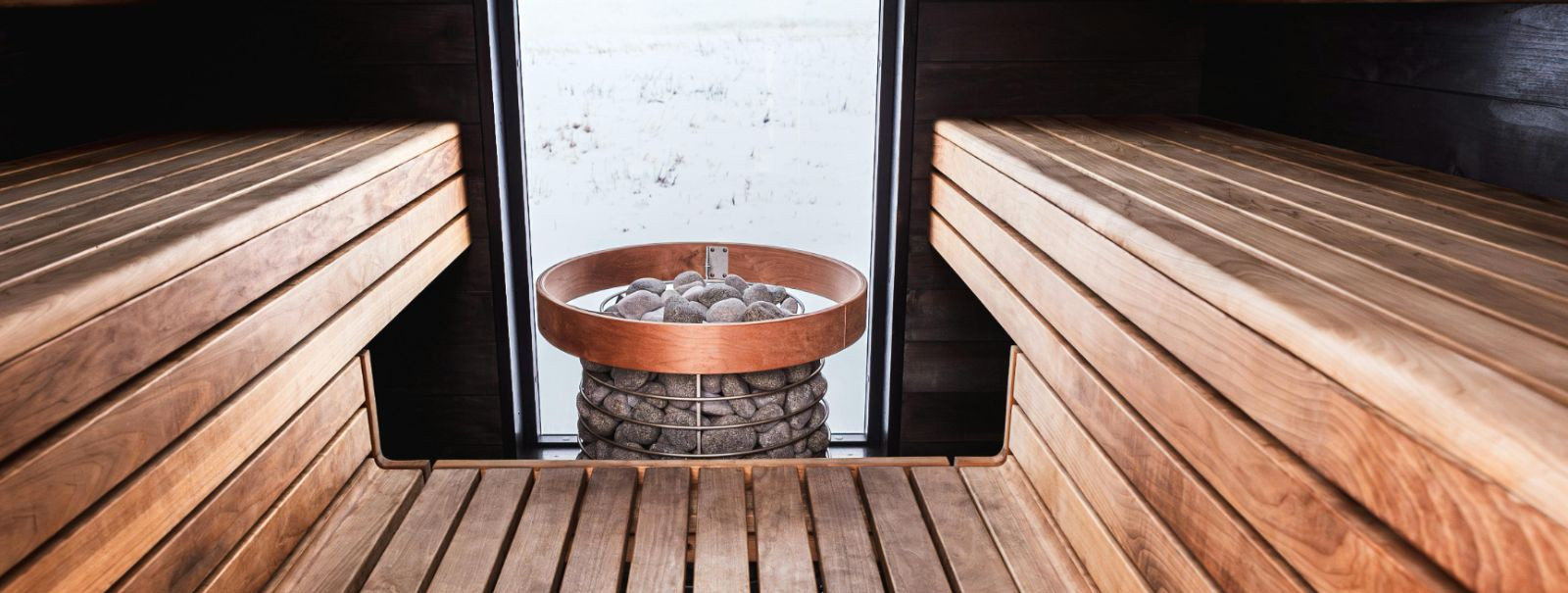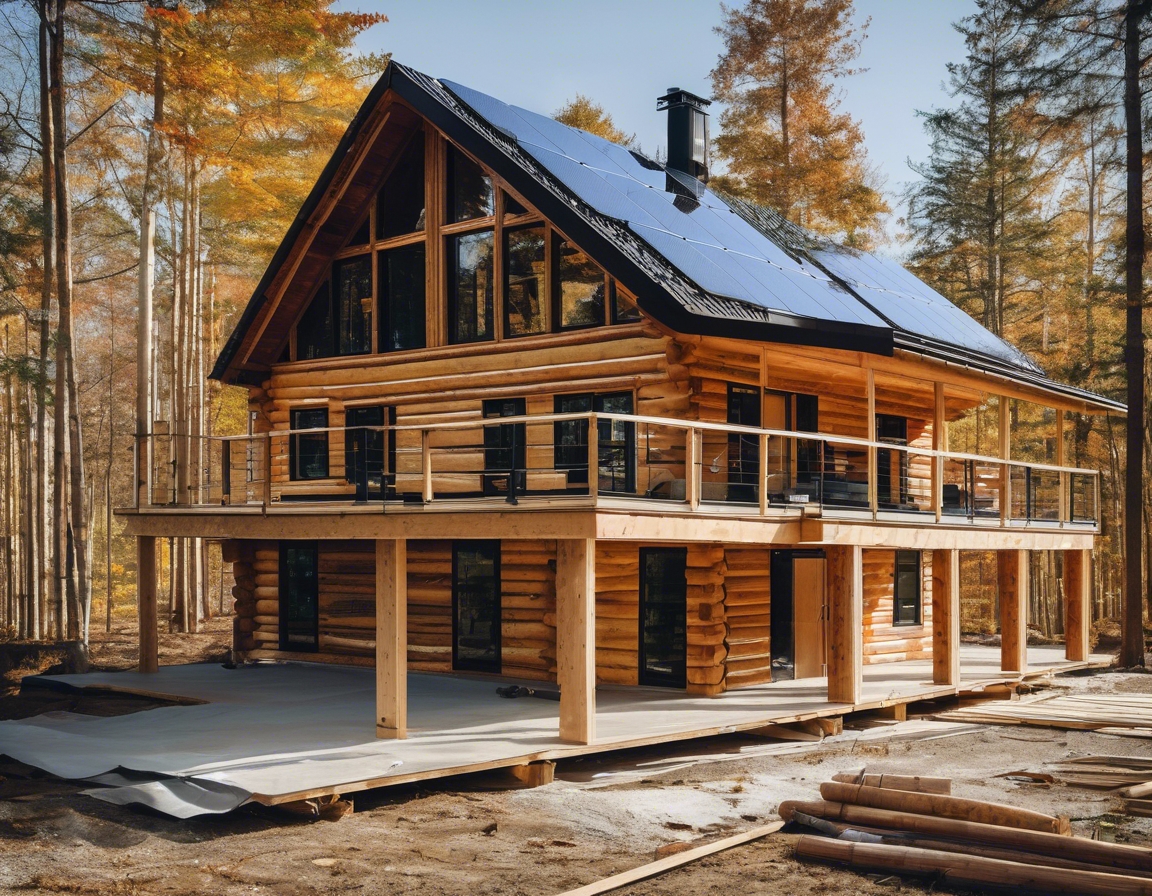How to design your dream sauna
Designing your dream sauna is an exciting journey that combines personal preferences with sustainable practices. Whether you're looking to create a serene retreat in your backyard or a cozy corner in your home, understanding the fundamentals of sauna design will help you craft a space that aligns with your lifestyle and environmental values.
Understanding the Benefits of a Sauna
Saunas offer numerous health benefits, including improved circulation, detoxification, and stress relief. They also provide a unique opportunity to connect with nature and unwind from the daily grind. By designing a sauna that reflects your personal style and commitment to sustainability, you can enhance these benefits while minimizing your environmental impact.
Choosing the Right Location
One of the first decisions you'll need to make is whether to build an indoor or outdoor sauna. Indoor saunas offer convenience and year-round accessibility, while outdoor saunas provide a more immersive natural experience. Consider your climate, available space, and personal preferences when making this choice.
When selecting a location, think about the space required for your sauna and the level of privacy you desire. Outdoor saunas should be placed in a secluded area of your yard, while indoor saunas need adequate ventilation and proximity to a water source.
Selecting Sustainable Materials
The choice of wood is crucial in sauna design. Opt for sustainably sourced woods like cedar, hemlock, or spruce, which are not only durable but also enhance the sauna's aesthetic and aromatic qualities. Each wood type offers unique benefits, such as resistance to warping and natural insulation properties.
Insulation is key to maintaining energy efficiency in your sauna. Consider eco-friendly options like sheep's wool or recycled denim, which provide excellent thermal performance without harmful chemicals.
Designing for Energy Efficiency
Choosing the right heating system is essential for energy efficiency. Electric heaters are convenient and easy to control, while wood-burning stoves offer a traditional sauna experience and can be more sustainable if sourced from renewable wood.
For those committed to renewable energy, integrating solar panels can significantly reduce your sauna's carbon footprint. Solar energy can be used to power electric heaters or supplement other energy needs.
Customizing Your Sauna Experience
The layout of your sauna should reflect how you plan to use it. Consider bench heights and seating arrangements that accommodate your family or guests comfortably.
Lighting plays a crucial role in creating the right ambiance. Use LED lights for energy efficiency and consider dimmable options to adjust the mood. Natural light can also be incorporated through strategically placed windows.
Enhance your sauna experience with additional features like built-in sound systems for music or guided meditation, and aromatherapy options using essential oils to promote relaxation and well-being.
Ensuring Proper Ventilation and Safety
Proper ventilation is essential for safety and comfort in your sauna. Ensure there is adequate airflow to prevent overheating and maintain air quality. Safety features like temperature controls and emergency shut-off systems are also important considerations.






Comments (0)